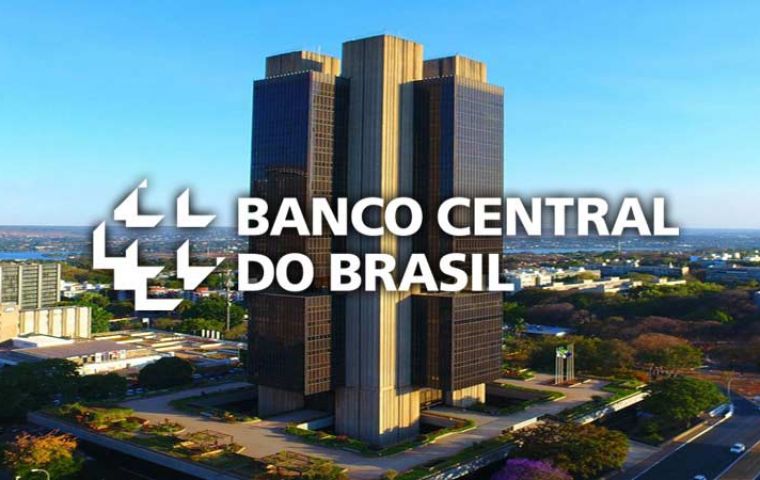MercoPress. South Atlantic News Agency
Slight improvement in Brazil's inflation forecast
 The IPCA has accumulated a high of 5.49% this year and 11.89% over 12 months, the BCB reported
The IPCA has accumulated a high of 5.49% this year and 11.89% over 12 months, the BCB reported Brazil's Central Bank (BCB) released a new study whereby this year's National Wide Consumer Price Index (IPCA) projections for this year fell from 7.15% to 7.11%, in what became the sixth consecutive forecast reduction.
According to the BCB's weekly Focus Bulletin, inflation for 2023 was estimated at 5.36%. For 2024 and 2025, the forecasts were 3.3% and 3%, respectively.
The 2022 forecast is above the target set by the National Monetary Council of 3.5% with a tolerance of plus/minus 1.5 percentage points (2.25% / 5.25%).
In June, inflation rose 0.67%, after the 0.47% variation recorded in May. With the result, the IPCA has accumulated a high of 5.49% this year and 11.89% over 12 months.
July data should be released by the Brazilian Institute of Geography and Statistics Tuesday. The Broad National Consumer Price Index - 15 (IPCA-15), the official inflation forecast, registered last month's inflation at 0.13%, below June's 0.69%.
To reach the inflation target, the Central Bank uses the Selic basic interest rate which is currently at 13.75% per year as per the decision of the Monetary Policy Committee (Copom). The rate is at its highest level since January 2017, when it was also at 13.75% yearly.
The Selic is expected to remain unchanged throughout 2022 and by the end of 2023, it is expected to fall to 11%. For 2024 and 2025, the Selic is forecasted at 8% a year and 7.5% a year, respectively.
When Copom increases the basic interest rate, the purpose is to contain heated demand, and this affects prices because higher interest rates make credit more expensive and stimulate savings. Thus, higher rates can also hinder the expansion of the economy. In addition to the Selic rate, banks consider other factors when setting the interest rates they charge consumers, such as default risk, profit, and administrative expenses.
When Copom reduces the Selic rate, credit becomes less expensive, with an incentive to production and consumption, reducing inflation control and stimulating economic activity.
Financial institutions consulted by the Central Bank raised the projection for growth in the Brazilian economy this year from 1.97% to 1.98%. For 2023, the expectation for the Gross Domestic Product (GDP) - the sum of all goods and services produced in the country - is a growth of 0.4%. In 2024 and 2025, the financial market projects GDP expansion of 1.7% and 2%, respectively.
The expectation for the dollar exchange rate remained at R$ 5.20 for the end of this year. By the end of 2023, the forecast is that the American currency will also remain at this same level. (Source: Agencia Brasil)




Top Comments
Disclaimer & comment rulesCommenting for this story is now closed.
If you have a Facebook account, become a fan and comment on our Facebook Page!